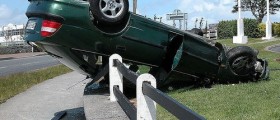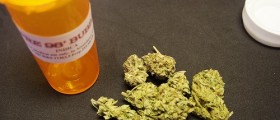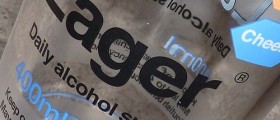
Driving Under the Influence and BAC
Consuming alcoholseriously hampers and impairs abilities like alertness, judgment, comprehension,quick thinking, and reflexes, all crucial for the process of driving. Many accidentsare caused annually, in the US, due to drunk driving, also known as Drivingunder Influence (DUI) or Driving While Intoxicated (DWI).
The amountof alcohol in a person’s body, or Blood Alcohol Concentration (BAC) is used toascertain the level of intoxication of the person, for legal and medicalissues. The BAC stands for the percentage of alcohol in deciliters of blood. Statistically,drivers with high BAC levels are 385 times more likely to die in single vehiclecrashes than their sober counterparts.
DUI Related Statistics
41% of allmotor vehicle crash deaths have been caused by drunk driving, with 17,941Americans reported dead from this cause in 2006. Research by the NationalHighway Traffic Administration (NHTA) has shown that three out of ten Americancitizens are involved in an alcohol related accident, at least once in theirlife, and more than 10% of all drunken driving trips are caused by persons inthe 18 to 20 age group. 11% all drunk-driving deaths in the US in 2007 arecaused by teenagers. Accidents that are alcohol related cause the US an annualloss of $73 billion.
All USstates have the authority of shaping laws and penalties for driving under theinfluence of alcohol. It is universally accepted, however, that any person witha BAC level of more than 0.08% cannot legally drive in the United States. It isillegal, in 43 US states, for an open alcohol bottle to be present in the car, and in 9 states the ignition interlock systemsare compulsory for drivers that have been convicted for driving whenintoxicated. The state of Virginia has a law that states the license can becancelled for up to 1 year if the driver is found driving under the influence,with every consecutive conviction causing another 3 year suspension. Allconsecutive convictions carry the possibility of a jail term. In Texas,however, the initial suspension lasts for 90 days, with an extension of 180days possible.
In most ofthe states, a drunk-driving conviction is followed by license revocation. There is a chance that the driver fails orrefuses a medical test, and in this case the driver’s license can be canceledbefore the conviction is made final, in a process known as administrativelicense suspension.
Solutions
The mosteffective method of stopping driving under the influence of alcohol seems to bethe automatic cancellation of the driving license. Most states prefer themethod of installing the ignition interlock system, which has been found to bea fine way of discouraging intoxicated driving. With this system the driver has to blowinto an alcohol sensor unit which in turn blocks the car from starting in thecase of the alcohol level in the blood of the driver being too high. Sobrietycheckpoints lower the rate of fatal crashes by around 22%, and after the0.08% BAC law was passed there has been a drop in 7% in incidents of alcoholrelated crashes. Other effective meansinclude the implementation of the Zero Tolerance law, which has reduced the amountof crashes by young drivers by 11%. The raising of the Minimum Legal DrinkingAge (MLDA) to 21 years has been effective in diminishing the number of crashesdue to drinking and driving among people between 18 and 21, by 16%.

















Your thoughts on this
Loading...